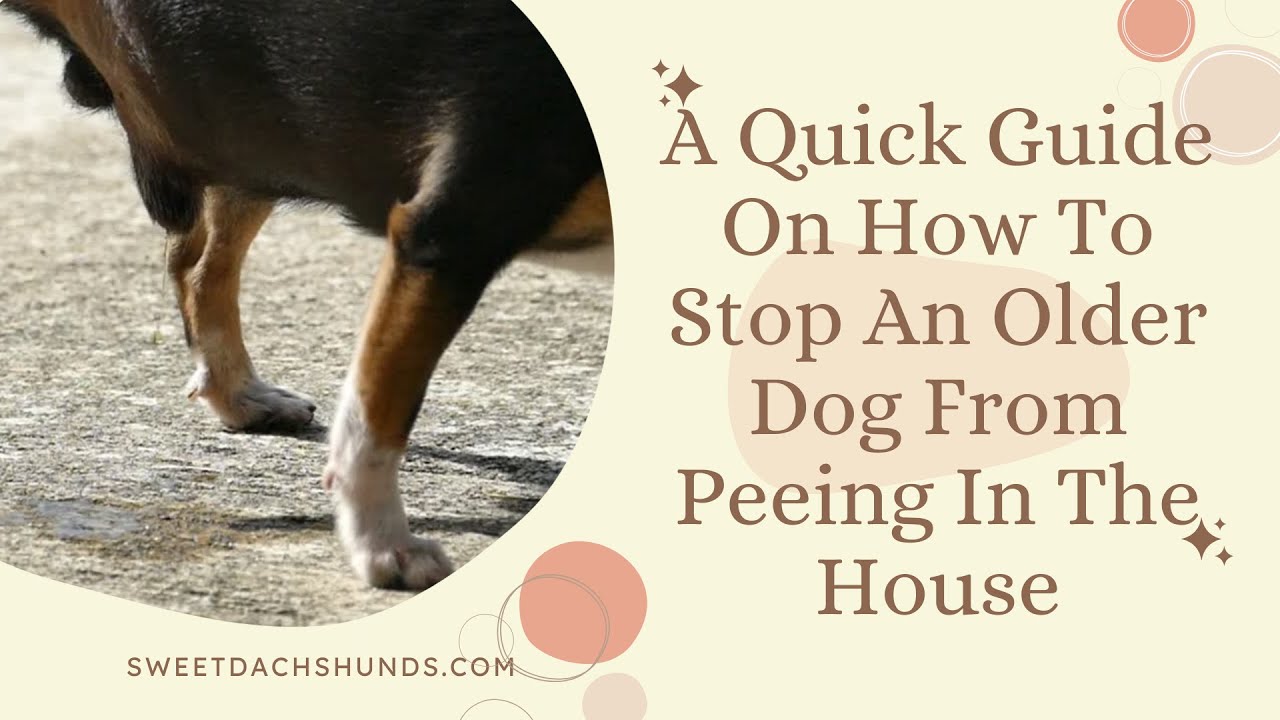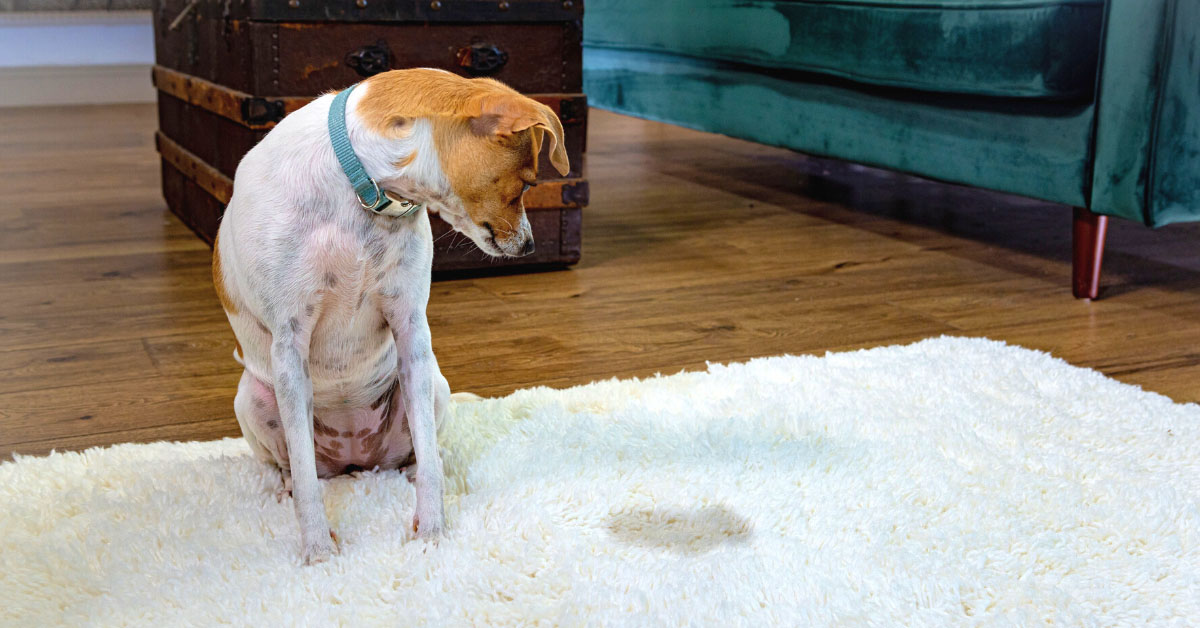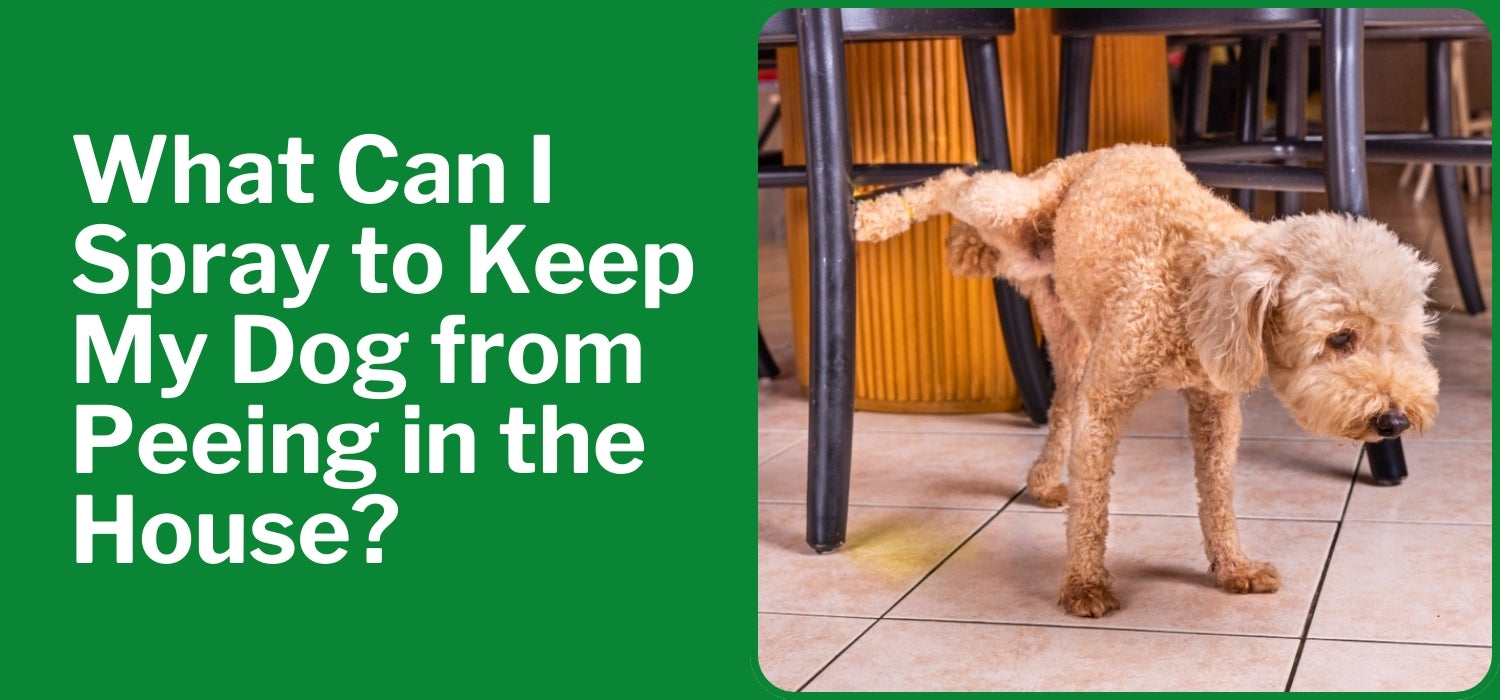How to Effectively Stop Your Dog from Peeing in the House
If you’re dealing with unwanted accidents from your furry friend, it can be frustrating and stressful. Understanding **how to stop dog peeing indoors** is essential for both your comfort and the well-being of your pet. Effective **dog training** encompasses various methods that can prevent accidents and establish good bathroom habits. This article will offer essential tips and insights for 2025 to help you tackle this common problem.
Understanding Dog Behavior to Prevent Indoor Accidents
Recognizing the signs of your dog’s behavior can significantly impact your success in **preventing dog urination indoors**. Dogs may urinate indoors for various reasons, including anxiety, territorial marking, or simply excitement. **Understanding dog behavior** plays a pivotal role in training them effectively. Acknowledge the triggers that may lead to accidents, like loud noises or the presence of unfamiliar guests. Keeping an eye on your dog’s habits can also provide insight into their needs, allowing you to create a tailored approach to house training.
Signs of Dog Anxiety and Stress
One of the main causes of indoor urination is anxiety. Signs of dog anxiety can include excessive barking, a tucked tail, or seeking comfort from their owners. If your dog exhibits these behaviors, they may be trying to communicate their discomfort. **Understanding dog communication cues** will enable you to respond appropriately, alleviating their anxiety and reducing the likelihood of accidents. Creating a calm and secure environment is crucial. Use positive reinforcement for dogs during training sessions to boost their confidence and help them feel more at ease at home.
Behavioral Modification Strategies
When tackling behavioral issues such as indoor urination, **pet behavior modification** techniques can be effective. Start by establishing a consistent routine for bathroom breaks. Scheduled potty breaks can train your dog to eliminate waste outside rather than indoors. If your dog has an accident, clean the area thoroughly with a product designed for dog potty training to eliminate lingering odors that may encourage repeat offending.
Creating a Positive Training Environment
Providing a safe and engaging atmosphere can promote good behavior in dogs. Ensure that your dog’s environment is free of stressors and distractions. Incorporate mental and physical stimulation through exercise for dogs, which can reduce incidents of anxiety-related urination. By establishing a positive association with outdoor bathroom breaks, your dog will be more inclined to go outside instead of inside the house.
Effective House Training Techniques
House training puppies and older dogs requires patience and persistence. Employing effective **dog potty training techniques** will help solidify good habits. Start by utilizing **dog potty pads** for puppies or those still learning the ropes. Gradually transition them to pottying outside as they grasp the concept. It’s also beneficial to keep a **potty journal** to track their progress and pickup on patterns concerning bathroom habits.
Crate Training Benefits
Crate training is a widely utilized method to assist with house training. Dogs naturally avoid soiling their sleeping area, so by establishing a crate correctly sized for your pet, you can minimize accidents. When using crates, it’s essential to keep the duration your dog spends inside reasonable. Visiting dogs for a scheduled potty break after crate time helps reinforce the connection between being outside and bathroom needs. Always reward good behavior with treats when they potty outside, fostering a positive reinforcement loop.
Indoor Potty Options for Dogs
If outdoor access is limited due to weather or other factors, consider investing in indoor dog potty options such as grass patches or specially designed indoor toilets for dogs. These solutions can provide alternatives and help you maintain consistent bathroom habits. However, avoiding reliance on indoor potty solutions is vital as they can lead to confusion for pets accustomed to going outside.
Avoiding Common Training Mistakes
Learning **how to stop dog accidents** means knowing the pitfalls to avoid during training. A significant issue among new pet owners is inconsistency in training. Maintaining a consistent routine is paramount to success. Establish commands and reinforce them during training. Miscommunication regarding expectations can lead to poor behavior reinforcement. Offering unclear signals or alternating messages regarding bathroom habits can confuse your dog, leading to regression in training efforts.
Tips for Responsible Dog Ownership
Owning a dog requires commitment and understanding. Monitoring your dog’s behavior regularly and being aware of health check-ups can identify potential underlying problems such as urinary tract infections. As a responsible pet owner, it’s crucial to support your dog by establishing a clear, healthy lifestyle with scheduled potty breaks, training classes, and consistent reinforcement of desirable behaviors through tools like treats. Investing time in training can significantly reduce indoor accidents and foster a happy and healthy bond with your pet.
Dealing with Regression in Potty Training
It’s common for owners to experience periods of regression during the potty training journey. Whether due to stress, changes in schedule, or other factors, regression can happen. Providing comfort and reassurance to your dog helps manage these anxiety-triggered behaviors. Techniques such as increasing your dog’s bathroom frequency or adding more rewards for positive behavior can encourage progression back to successful potty habits.
Key Takeaways
- Understanding dog behavior is critical in preventing indoor accidents.
- Use positive reinforcement and establish a consistent potty routine.
- Invest in training and recognize signs of stress or anxiety in your dog.
- Maintain a clear communication system and avoid mixed messages in training.
- Stay committed to training, adjusting strategies as needed to accommodate stress or distractions.
FAQ
1. What are the best dog training methods to prevent indoor urination?
Using positive reinforcement is one of the **best dog training methods** for preventing indoor urination. Recognizing and rewarding your dog for pottying outside with treats and praise creates a positive association. Additionally, establishing and maintaining a consistent routine will significantly enhance your training efforts, leading to better results.
2. When should I start potty training my puppy?
You can begin potty training as soon as you bring your puppy home. Starting early increases the likelihood of success and helps establish good bathroom habits. Implement **early potty training techniques**, such as frequent outdoor bathroom breaks, to reinforce appropriate behaviors effectively.
3. How can I correct my dog’s indoor accidents?
To correct indoor accidents, it’s essential to clean any areas where accidents occurred thoroughly. Use specialized cleaners designed to eliminate pet odors. Establishing a regular bathroom schedule, reinforcing good behavior with treats, and providing plenty of exercise can also help minimize future accidents.
4. What products are recommended for dog potty training?
Products such as **dog potty pads** and indoor dog toilet solutions can aid in the training process. These products can help ease the transition from indoor to outdoor potty habits, making it simpler for puppies or new rescue dogs adjusting to their surroundings. Dog-friendly cleaning products are also essential to maintain a clean environment as training progresses.
5. What are some outdoor potty training strategies?
Outdoor potty training strategies include bringing your dog out frequently after meals, playtime, or upon waking up. Consistently using a command when it’s time to potty reinforces expectations. Praise your dog immediately after they potty outside to strengthen their understanding of appropriate bathroom behavior.


